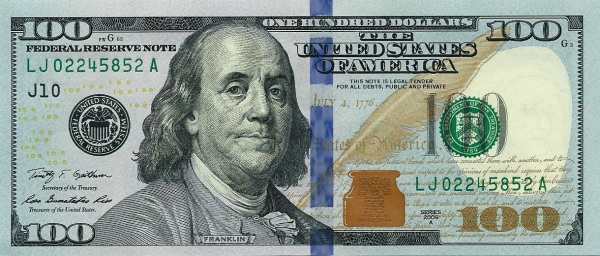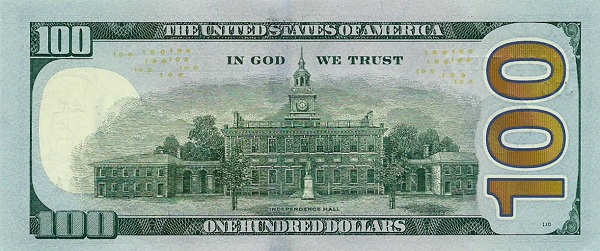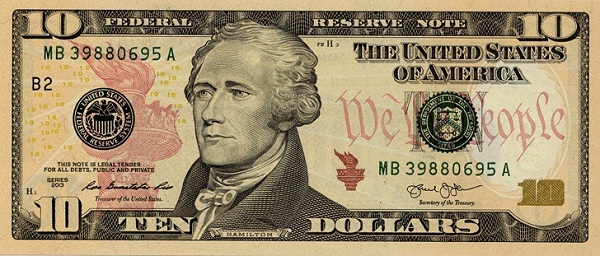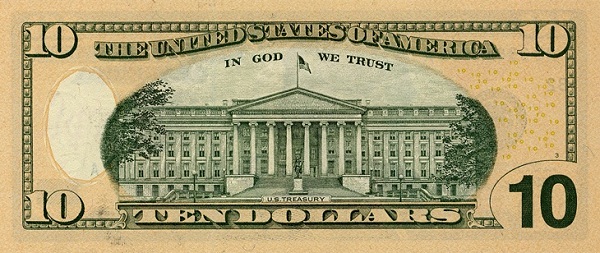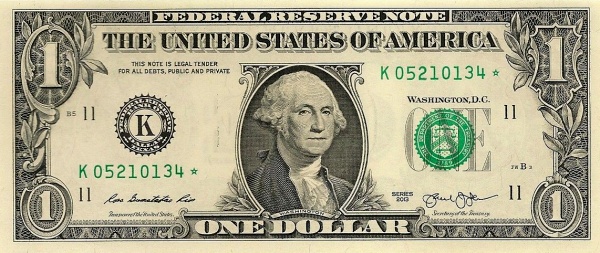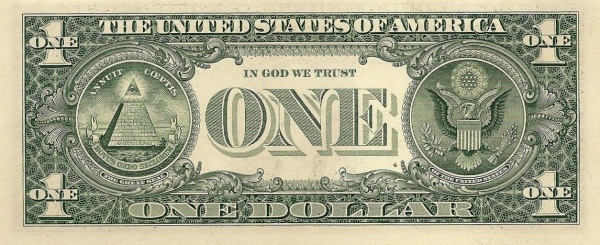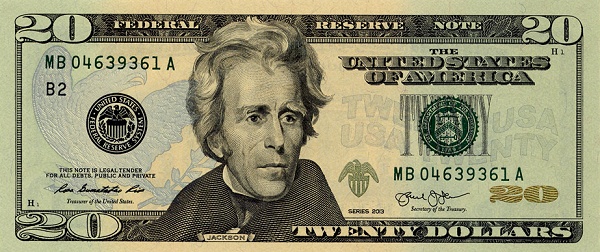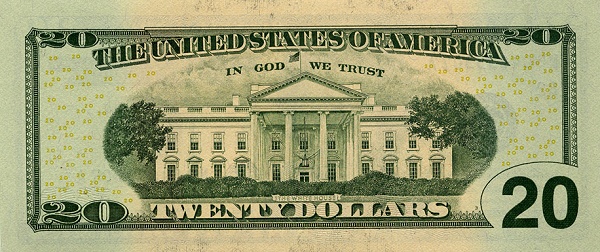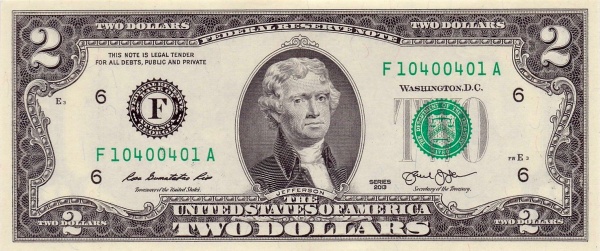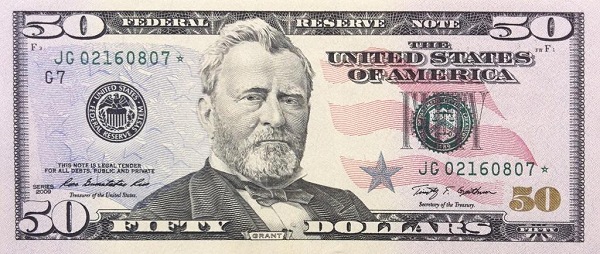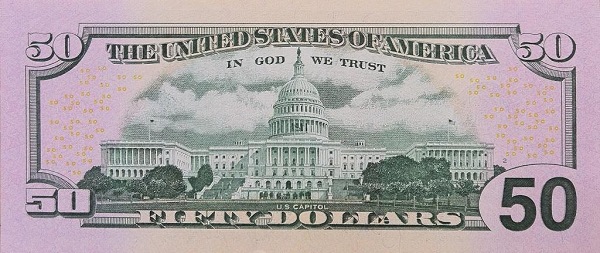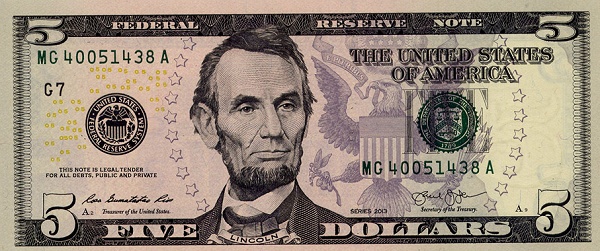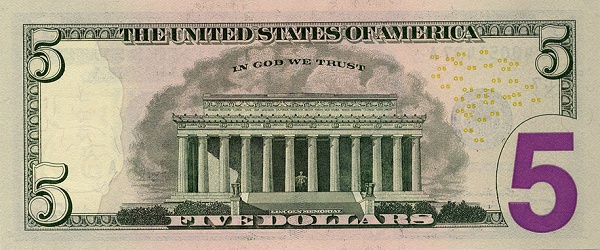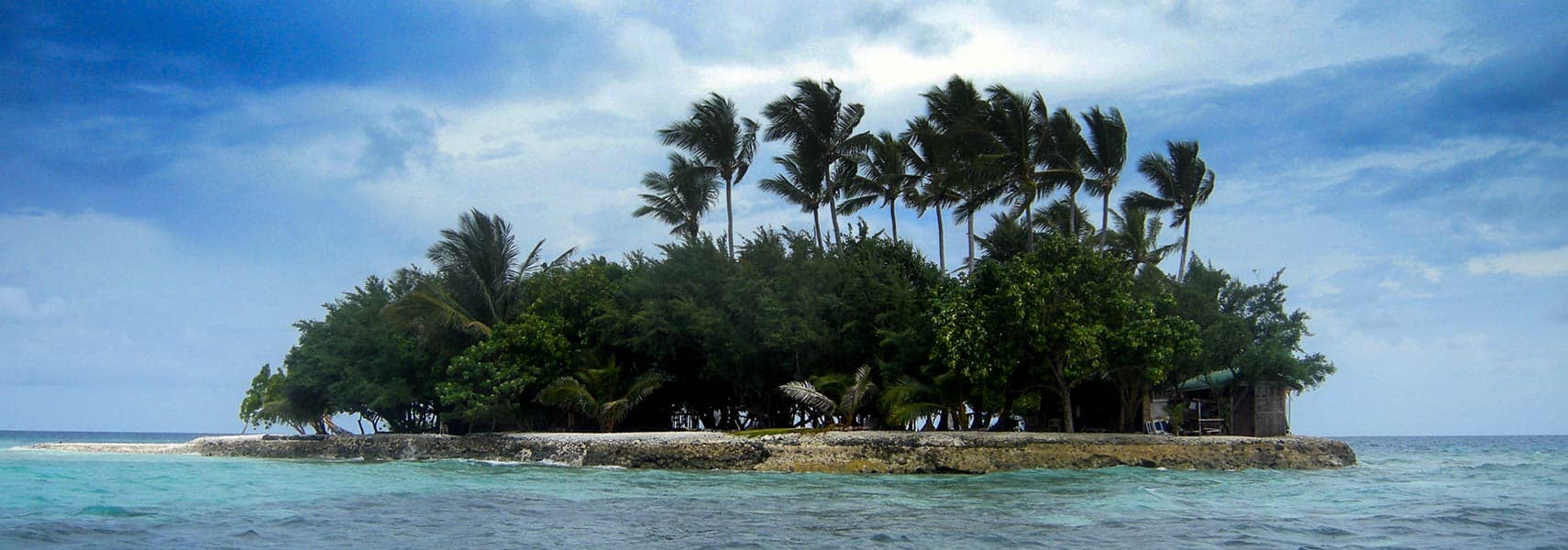Exploring Micronesia, Federal States of
The Micronesia, Federal States of, presents a fascinating destination, featuring a vibrant tapestry of cultures and landscapes. This tropical paradise stretches across a length of 2,700 km (1,678 mi) in the Pacific Ocean, lying just north of the equator. Comprising a diverse group of four associated island states, it embraces more than 600 islands that form part of the Caroline Islands Archipelago. The four primary states within this beautiful nation include Chuuk (Truk) Islands, Kosrae (Kosaie), Pohnpei (Ponape), and Yap. Furthermore, the Micronesia, Federal States of shares its maritime borders with neighboring regions such as the Marshall Islands, Palau, Papua New Guinea, and Guam (United States), enhancing its strategic importance in the Pacific.
Geographic Overview
Covering a total land area of approximately 702 km², the size of the Micronesia, Federal States of is comparable to Singapore, yet it quadruples the area of Washington, DC. Additionally, the largest island of this beautiful archipelago, Pohnpei, is home to Palikir, the national capital, which houses around 4,800 residents. Conversely, Weno, located on the Chuuk Atoll, serves as the largest city, situated about 450 miles west of Pohnpei.
Diverse Languages and Cultures
The rich cultural landscape of the Micronesia, Federal States of is evident not only through its breathtaking natural beauty but also within its linguistic diversity. The official languages include English and several Austronesian languages: Chuukese, Kosraean, Pohnpeian, Yapese, Ulithian, and Woleaian. This linguistic tapestry reflects the unique identities of its inhabitants, and contributes to the overall cultural richness of the nation.
Political Background
In 1979, the Micronesia, Federal States of became a UN Trust Territory administered by the United States, ultimately adopting a constitution to guide its governance. Following significant strides toward independence, the nation achieved sovereignty in 1986 through a Compact of Free Association with the United States. However, the country currently grapples with pressing challenges such as large-scale unemployment, overfishing, and a heavy reliance on U.S. assistance. Addressing these issues is vital for the sustainable development of the Micronesia, Federal States of.
Government Structure
The political framework of the Micronesia, Federal States of is that of a constitutional confederation, which maintains a free association with the USA. Following its independence on November 3, 1986, the constitution was formally enacted on May 10, 1979, establishing the governing principles of the nation.
Geographical Features
Geographically, the Micronesia, Federal States of incorporates approximately 607 islands nestled in the North Pacific Ocean, situated north of Papua New Guinea. The diverse terrain ranges from mountainous landscape to tranquil, low-lying coral atolls. Such geographical variation not only enriches the natural environment but also supports a wide array of ecosystems.
Climate and Natural Resources
Embracing a tropical climate, the Micronesia, Federal States of is blessed with an abundance of natural resources. With lush forests, marine products, deep-seabed minerals, and phosphate deposits, the nation has significant ecological wealth. Such amenities contribute to both the lifestyle of its inhabitants and the economy.
Demographics and Ethnic Composition
The population of the Micronesia, Federal States of stands at around 110,000 (2015 census), reflecting a mosaic of nine ethnic Micronesian and Polynesian groups. This ethnic diversity plays a crucial role in molding the cultural identity of the nation. Moreover, the major religions practiced include Roman Catholicism (53%), Protestantism (42.4%), and a scattering of other faiths (4.6%). Approximately 92.4% of the population can read and write, indicating a commendable literacy rate in the region.
Agriculture and Economy
The economy of the Micronesia, Federal States of significantly benefits from its rich agricultural sector. Key products include an assortment of tropical fruits and vegetables, black pepper, coconuts, cassava (tapioca), betel nuts, and sweet potatoes. The nation also engages in livestock farming, raising pigs and chickens. Fishing remains an important cultural and economic activity, providing sustenance and export opportunities for the islands.
Industries and Exports
Tourism represents a vital component of the Micronesia, Federal States of economy along with sectors like construction and fish processing. The islands produce various craft items derived from shell, wood, and pearls, showcasing the artisanship of local cultures. Key export commodities include fish, sakau (kava), betel nuts, and black pepper. Notably, Japan and the United States rank among the nation’s prominent export partners.
Import Dynamics
On the flip side, the Micronesia, Federal States of relies on imports for essential goods, such as food, beverages, clothing, household electronics, kitchen appliances, and machinery. The primary partners for these imports include the USA, Japan, and Hong Kong. This import dependency underscores the need for economic diversification within the nation.
Future Prospects for Micronesia, Federal States of
As the Micronesia, Federal States of navigates its path forward, a focus on sustainable development and solutions to pressing issues will create a healthier future for these enchanting islands. Increased attention to education, environmental conservation, and economic diversification will undoubtedly enhance the quality of life for its citizens and the nation as a whole. Ultimately, this beautiful archipelago of the Pacific will continue to captivate the hearts of all who venture into its pristine landscapes and rich cultural heritage.
Largest cities of: Micronesia, Federal States of
| City Name | Population | Year of foundation | |
| Palikir | 7,000 | 1886 | |
| Weno | 13,500 | 1885 | |
| Pohnpei | 13,000 | 1820 | |
| Kolonia | 12,000 | 1886 |
Micronesia, Federal States of: Money
